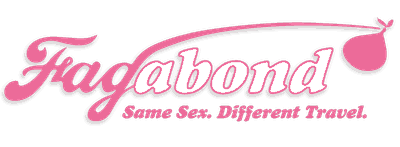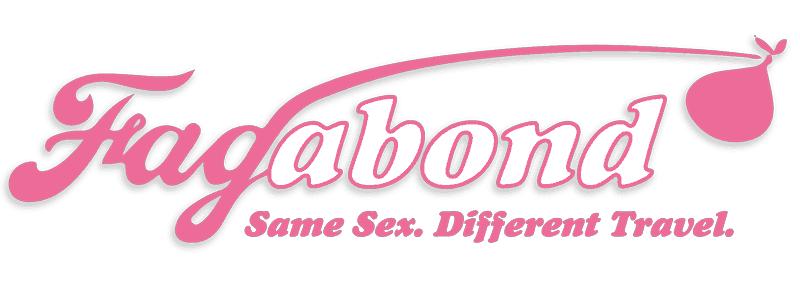
With a gay marriage referendum due in spring, are gay quarters a relic of the past? asks Kay Cairns
PHALLIC rainbow ‘pylons’ penetrate the skies, bronze plaques commemorating LGBT activists line the paths, and an abundance of lesbian, gay, bisexual, and transgender people moves proudly through the streets. It feels like a Broadway musical. This is Boystown, Chicago, the first official gay village in the US, and the focal point of There Goes the Gayborhood?, a book by Amin Ghaziani, a University of British Columbia sociologist.
Ghaziani lived in Boystown, before leaving to study, like many other LGBT people, a phenomenon he calls the “de-gaying” of such neighbourhoods. Gayborhoods have existed in the western world for decades. San Francisco’s Castro and London’s Soho are prime examples. Ghaziani says: “At the end of a long day, gayborhoods promise an incomparable sense of safety, a place where gays and lesbians can seek refuge from ongoing heterosexual hostilities, hate crimes, discrimination, bigotry and bias.”



